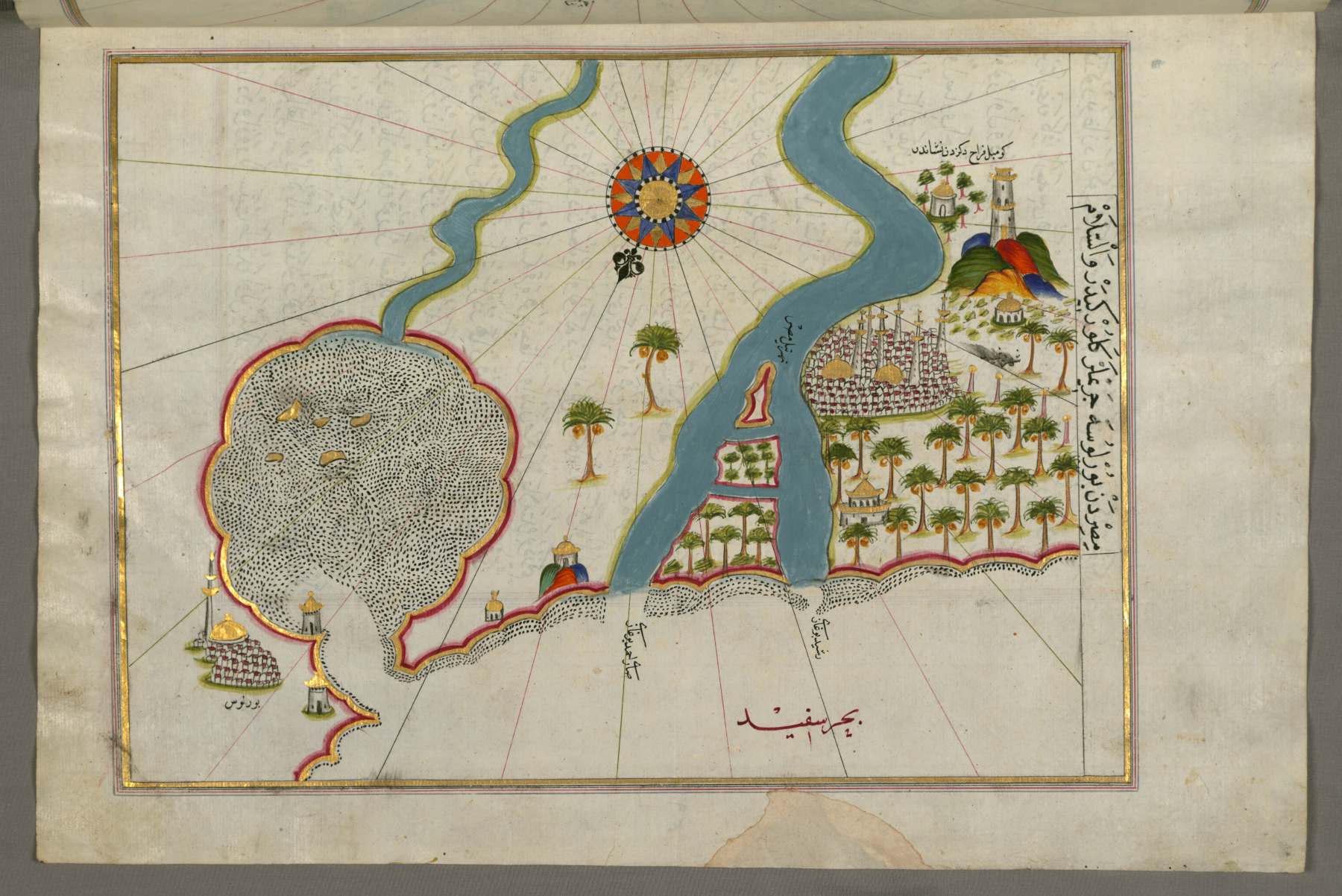Bashmur on:
[Wikipedia]
[Google]
[Amazon]
 Bashmur (, ) was a region in the
Bashmur (, ) was a region in the
 Bashmur (, ) was a region in the
Bashmur (, ) was a region in the Nile Delta
The Nile Delta (, or simply , ) is the River delta, delta formed in Lower Egypt where the Nile River spreads out and drains into the Mediterranean Sea. It is one of the world's larger deltas—from Alexandria in the west to Port Said in the eas ...
in Egypt
Egypt ( , ), officially the Arab Republic of Egypt, is a country spanning the Northeast Africa, northeast corner of Africa and Western Asia, southwest corner of Asia via the Sinai Peninsula. It is bordered by the Mediterranean Sea to northe ...
. In the early Middle Ages
In the history of Europe, the Middle Ages or medieval period lasted approximately from the 5th to the late 15th centuries, similarly to the post-classical period of global history. It began with the fall of the Western Roman Empire and ...
, it was inhabited by Copts
Copts (; ) are a Christians, Christian ethnoreligious group, ethnoreligious group native to Northeast Africa who have primarily inhabited the area of modern Egypt since antiquity. They are, like the broader Egyptians, Egyptian population, des ...
(Egyptians
Egyptians (, ; , ; ) are an ethnic group native to the Nile, Nile Valley in Egypt. Egyptian identity is closely tied to Geography of Egypt, geography. The population is concentrated in the Nile Valley, a small strip of cultivable land stretchi ...
) and was the scene of a series of revolts against Arab occupation in the 8th and 9th centuries.
Name
Louis Picques, a late-17th century scholar, suggested that the name ''Bashmur'' could be derived from ''Psamer'' (), which he interpreted as "at the borders or boundaries of a region," or ''Psamour'' (, "opposite ofMoeris Moeris may refer to:
* ''Moeris'' (skipper), a genus of butterflies in the grass skipper family
* Lake Moeris, an ancient lake of Egypt
* Amenemhat III (c. 1860–1814 BC), Twelfth Dynasty pharaoh who reportedly dug the lake
* Lacus Moeris, a sur ...
"). Thomas Edwards provided another explanation, suggesting that it could be linked to a Semitic term for "north" (, ). This word is also found in Coptic as a hapax ().
The name could be also an outcome of Ptimyris (), the ancient name of the Delta, which could represent an elliptical Coptic expression ''Pčimour'' (), for ''pi-Kahi Etčimour'' ().
Location
The boundaries of Bashmur have not been constant throughout the centuries. Perhaps from the mid-eighth to the mid-ninth century, Bashmur encompassed the entire marsh region northeast of Fuwwah () extending as far to the east as just north of Dekernes. Later it may have been limited to the eastern part of this area. In the 10th century,Ibn Hawqal
Muḥammad Abū’l-Qāsim Ibn Ḥawqal (), also known as Abū al-Qāsim b. ʻAlī Ibn Ḥawqal al-Naṣībī, born in Nisibis, Al-Jazira (caliphal province), Upper Mesopotamia; was a 10th-century Arab Muslim writer, geographer, and chronic ...
equated the lake of Nastaruh ( Lake Burullus) with the lake of Bashmur. In the 14th century, Abu al-Fida located Bashmur in the northeast of the Delta between Damietta
Damietta ( ' ) is a harbor, port city and the capital of the Damietta Governorate in Egypt. It is located at the Damietta branch, an eastern distributary of the Nile Delta, from the Mediterranean Sea, and about north of Cairo. It was a Cath ...
and Ashmun El Rumman.
The name Bashmur survives in this region as the name of a Nile canal that breaks off about 4.5 miles (7 km) east of Mansoura, Egypt
Mansoura (; ' , rural: ) is a city in Egypt located on the eastern bank of the Damietta branch of the Nile river. The city is the capital of the Dakahlia Governorate and has a population of 621,953 as of 2021.
Etymology
''Mansoura'' in Arabic ...
by El Salamun and runs through the area between the Damietta
Damietta ( ' ) is a harbor, port city and the capital of the Damietta Governorate in Egypt. It is located at the Damietta branch, an eastern distributary of the Nile Delta, from the Mediterranean Sea, and about north of Cairo. It was a Cath ...
arm of the Nile and Dekernes before emptying into the El Sirw canal some 3.5 miles (5.5 km) south of Dakahlia.
Society and economy
Bashmur was a region of marshland with sand banks and dense cover of reeds. Nowhere else in Egypt was more propitious for armed rebellion. Access to inhabited places was provided through narrow sandy banks and the reeds provided cover for soldiers. Moreover, Arabs did not settle in the Bashmur, leaving the population religiously unmixed. The economy of the region also favoured the Bashmurians, who relied on limited agriculture, fishing and hunting birds for food. Less dependent on irrigation works than the Bashmurians Farmers, they were capable of resisting long sieges. The Bashmurians also soldpapyrus
Papyrus ( ) is a material similar to thick paper that was used in ancient times as a writing surface. It was made from the pith of the papyrus plant, ''Cyperus papyrus'', a wetland sedge. ''Papyrus'' (plural: ''papyri'' or ''papyruses'') can a ...
and possibly raised cattle.
See also
* Bashmurian revoltsNotes
Bibliography
* * * * Maspero, J., and G. Wiet (1914-1919). ''Matériaux pour servir à la géographie de l'Egypte''. Cairo. * * Timm, S. (1984) ''Das christlich-koptische Ägypten in arabischer Zeit, Vol. 1, pp. 354-56''. Wiesbaden. {{coord missing, Egypt Regions of Africa Historical regions Persecution of Copts Geography of Egypt Regions of Egypt